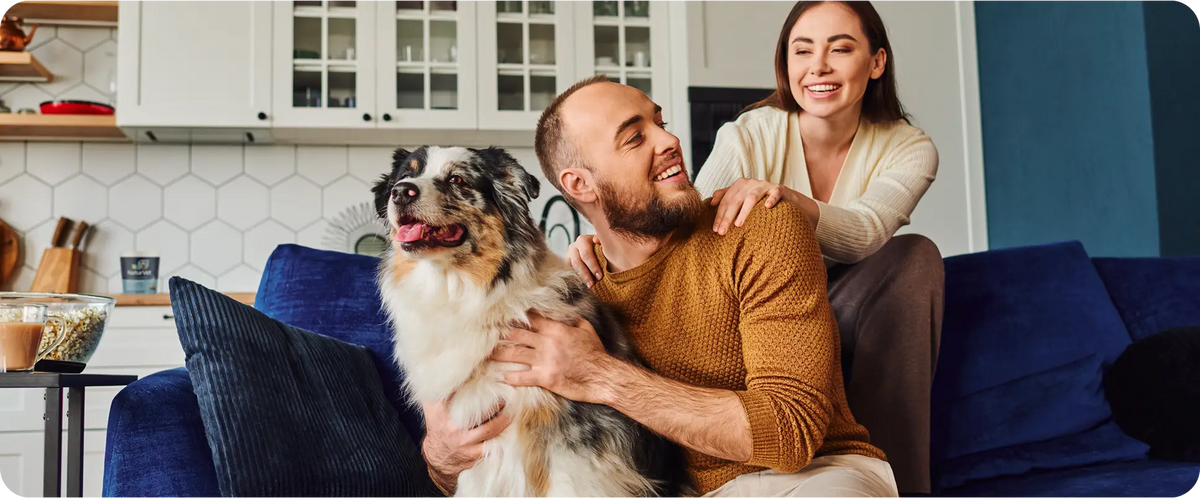Tips for Walking Your Dog
It is a big responsibility to take care of a dog, whether it involves feeding, training, or even cleaning up after it. One of the often-overlooked tasks a pet owner has to consider doing, though, is walking their pooch, which is definitely more than just a chore. In fact, taking your dog out for a quick walk does much more than exercise and can be improved with a few helpful tips.

Most dog owners walk their mutts for a couple of reasons whether it is exercise, elimination, training, or just stimulation. Just like humans, it is critical for dogs to get the right amount of exercise daily to stay fit and active. An average dog needs about an hour of daily exercise to remain healthy. Of course, the amount changes with the size of the dog, their diet, or even general health. In fact, many breeds were bred with different types of exercise in mind such as herding or sporting. Therefore, breeds like these should indulge in their natural instincts more than others. It may seem that your dog is able to get a surplus of activity every day outside and walks are unnecessary, but this is not true. Dogs naturally do not entertain themselves with activities, and walking around the same yard can get boring fast. As many owners know, having a bored dog can lead to some trouble. So, getting a change of atmosphere and setting time aside to walk can benefit your dog greatly. While going out, a dog can meet new friends and learn proper doggy etiquette, as well as proper training from its owner. Frequent interaction can improve a dog’s happiness as well as reinforce what you’ve taught them.
As much as walking is important for your dog, it is just as important to reinforce how to approach a walk with your friend. After all, dogs are not born on a leash and can’t be expected to react kindly to new routines. So, it is up to the owner to properly train a dog for walks. Experts recommend starting at a young age to reduce the amount of resistance against a leash. Once used to a regular collar, they can move on to clipping a short leash to the collar. Let the dog drag it around for a while so they can grow accustomed to the feeling of it. Once they are ready to go outside, you can switch the short leash for a long one. While outside, the main goal is to teach the dog how to allow enough slack on the rope by trailing gently behind them and slowly growing to a halt and praising them when they do so. From there, your dog should become comfortable with walks. However, one common misconception about walking dogs is allowing a dog to walk in front of the owner. As a person, this may seem odd, but dog etiquette teaches that a dog in front is the leader. Instead of relaxing, a dog will perform as a pack leader and keep their pent-up energy inside. This can lead to hyper activeness or obsessive behavior, which is bad for dogs. To avoid this, dogs should be walked alongside or behind their owner so they can enjoy the walk too.

Walking a dog is one of the things that people take for granted, but it has so many benefits for a pet. It is up to you to allow your dog to see the world in a new light, and doing this can be enjoyable for you too. Hopefully, with this knowledge, your next walk can be fun for you and your pet companion.























